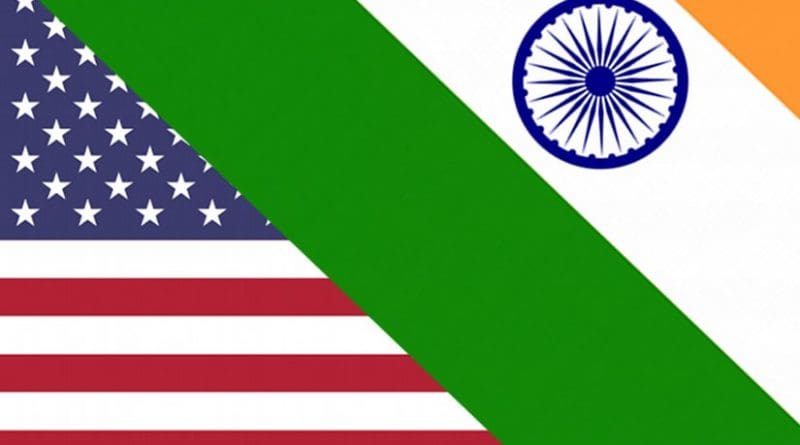Expanding Indo-US Strategic And Commercial Dialogue – OpEd
The fourth India and the United States had 2+2 dialogue took place from 10 – 15 April 2022. This was the first meeting since the Biden administration took over and held under the shadow of Ukraine crisis where India is disinterested in condemning Russia invasion of Ukraine directly. This article looks into what is India US 2+2 dialogue and its significance in the relationship of two countries and its implications on the regional strategic environment.
Over the period of 20 years, there have been multiple formats of annual meeting; like in 2009 Strategic Dialogue led by US Statement department was stated with Indian Minster for External Affairs that was expanded to India US Strategic and Commercial Dialogue in 2015 where commerce minister was also included. Later on in 2018; to cover the lingering gaps the current 2+2 dialogue format was adopted.
India and the United States recently competed ministerial dialogue where Indian Defence Minister and Minister of External Affairs met their US counterparts US Secretary of State Antony Blinken and Secretary of Defense Lloyd Austin. The Dialogue was preceded by a virtual meeting between Prime Minister Narendra Modi and President Joseph Biden.
The India-US 2+2 talks in Washington focused on China’s growing military power, as well as concerns about better information sharing and modern technology partnerships. The Indo-Pacific region and the value of collaboration were at the top of the conversation. However, the relatively little attention has been paid to the ongoing Ukraine crisis as United States and India have very different views on this issue. There are a lot of things India thinks are good for the relationship between Russia and Ukraine, but it has not actually said bad things about Russia. India did not vote against Russia at the UN General Assembly, but that is not all.
Another superficial reason for India avoiding the Ukraine crisis is that they want to save the relations by skipping the points of contentions. Both sides consider themselves “natural and trusted partners” with a “growing convergence of strategic interests,” particularly in regard to China. That is the reason that recently concluded 2+2 dialogue mainly focused on the on China’s growing military power, as well as concerns about better information sharing and modern technology partnerships. That is the reason there were a lot of talks about China, as well as how US and India could work together more closely in areas like intelligence sharing and space exploration. The value of collaboration were at the top of the conversation of the dialogue between two countries focusing on countering China in the Indo-Pacific region and Indian Ocean Region.
India and US signed an agreement on space situational awareness at 2+2 talks and planned to start talks on defence space and artificial intelligence soon. It was also agreed to expand logistics cooperation as part of the Logistics Exchange Memorandum of Agreement (LEMOA) signed in 2016, and during joint military exercises on defence cyber, Special Forces, and logistics cooperation. Furthermore, the two parties also reaffirmed their commitments towards empowering the QUAD as an important force in the Indo-Pacific region.
The commitments made by the US and India in the recently 2+2 dialogue to counter China in the region is directly affecting the regional strategic environment and deterrence stability of South Asia because Indian military buildup in the nuclearized region affecting both China and Pakistan. It is therefore necessary to work collectively for building collective security environment for the regional development rather than making alliance to further destabilize the region.
*The author holds an M.Phil from National Defence University and freelance writer and can be reached at [email protected].

